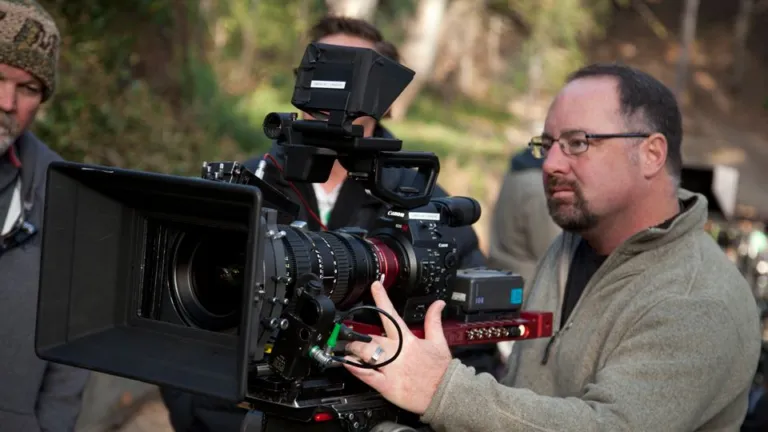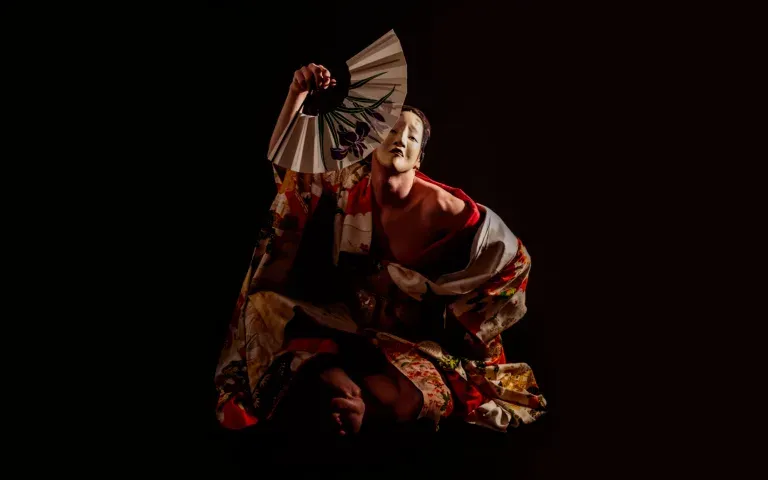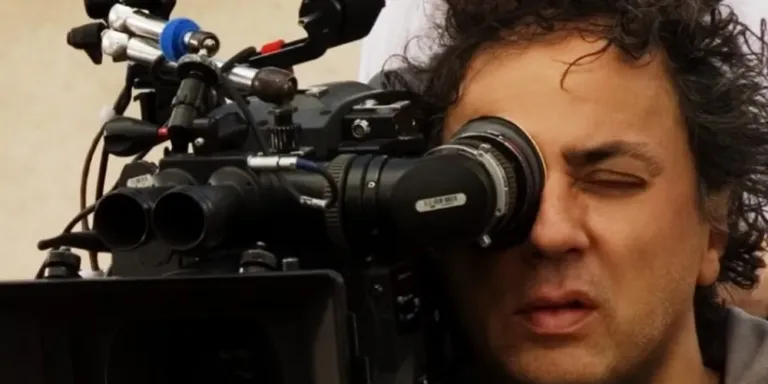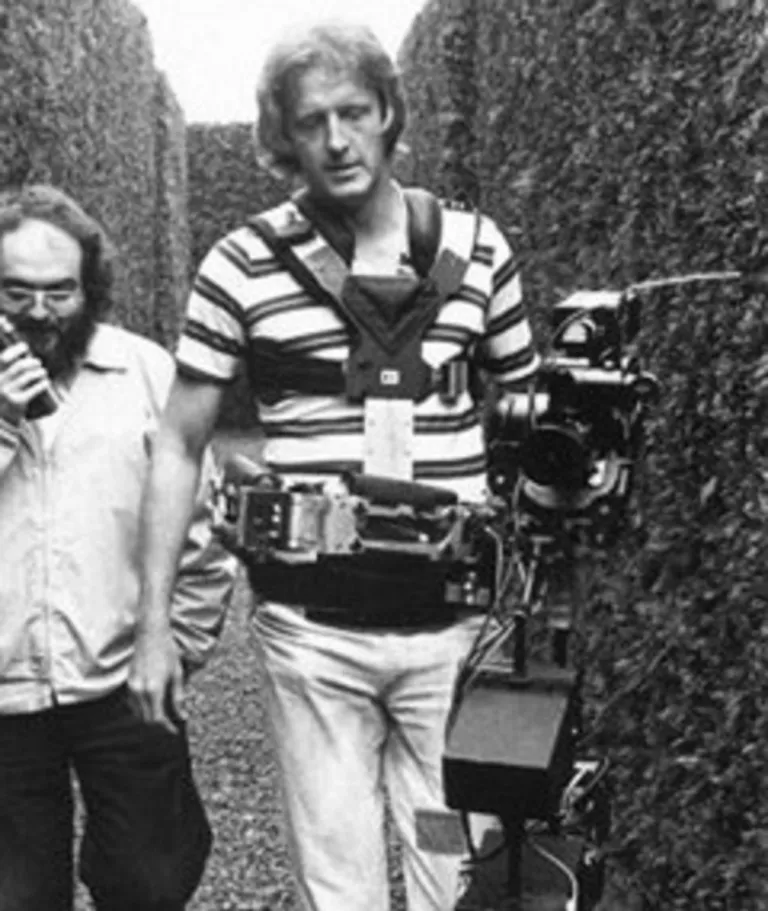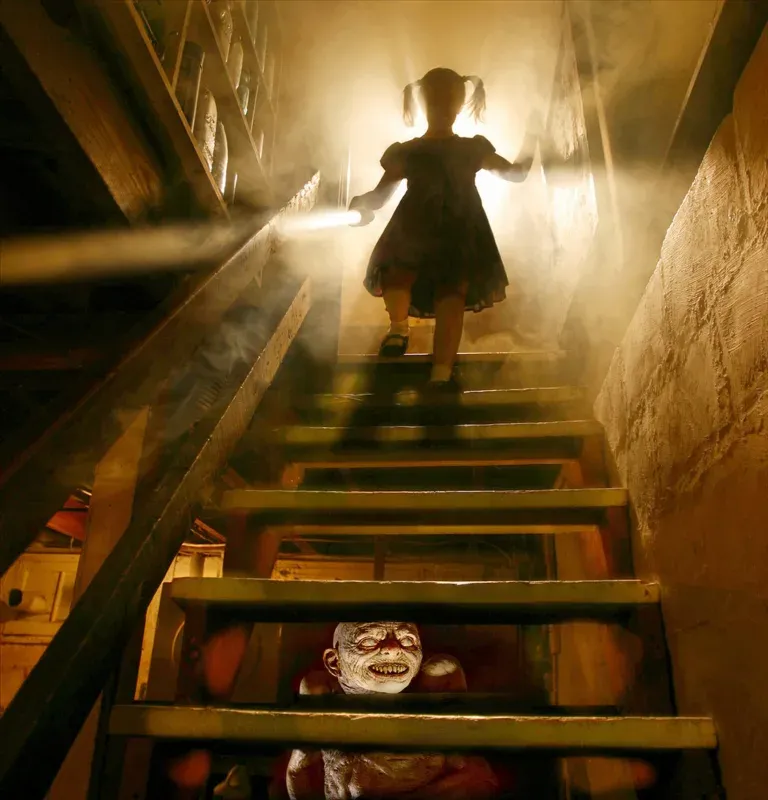The Aesthetic of Terror by Joshua Hoffine
The Aesthetic of Terror by Joshua Hoffine
Joshua Hoffine is an iconic figure in the world of horror photography, an artist who has masterfully captured the deepest fears of the human psyche through powerfully evocative images. Born in 1973, Hoffine began his photography career in the 1990s, but it was during the 2000s that he gained prominence with a series of photographic projects that explore the dark side of the human mind, transforming ancestral fears into visual art.
The Aesthetic of Terror
What sets Hoffine’s work apart from other photographers is his ability to transform horror into a form of disturbing beauty. His photographs are meticulously composed, with every detail carefully studied to create an atmosphere of tension and discomfort. Hoffine uses actors, often members of his own family, and builds elaborate sets to bring his visions to life. Nothing is left to chance: lighting, makeup, costumes, and scenery are all essential elements that contribute to creating the desired effect.
 Exploring Universal Fears
Exploring Universal Fears
Hoffine’s work stands out for its ability to explore universal fears. Many of his photographs focus on fears that date back to childhood, such as the terror of the dark, monsters under the bed, or eerie presences behind doors. However, Hoffine does not limit himself to exploring childhood fears; his work also addresses more adult themes, such as the fear of death, loss, and the disintegration of the mind.
One of his most famous series, titled “After Dark, My Sweet,” explores these fears. In this series, Hoffine captures images that seem to come straight from nightmares: a little girl crouching under a table while a monstrous creature crawls closer, a woman being chased by a menacing shadow in a deserted street, a man confronting a distorted and monstrous version of himself in the mirror. Each image is infused with a sense of impending threat, an anguish that feels ready to erupt at any moment.
The Philosophy Behind the Images
In several interviews, Hoffine has stated that his work is an exploration of the nature of fear and how it is perceived and experienced. For him, fear is a powerful, primal emotion with deep roots in the human psyche. His photographs aim to capture and crystallize those moments of pure terror, making them eternal and tangible. In a sense, his images function as a cathartic ritual, allowing viewers to confront their own fears in a controlled and safe environment.
The Creative Process
Hoffine’s creative process is as fascinating as the final product. Each shot requires weeks, if not months, of preparation. Hoffine begins with an idea or concept, which he develops through sketches and drawings. Once he has a clear vision of what he wants to create, he moves on to set construction. Often, these sets are handmade, using found or recycled materials, and require great craftsmanship. Special effects, when used, are created on set, with minimal reliance on digital manipulation.
Hoffine strongly believes in the importance of realism in his images. This approach gives his photographs a tangible, concrete quality that would be difficult to achieve with CGI alone. Digital manipulation is used sparingly, mainly to refine and perfect details rather than to create the entire image. This gives his works an air of authenticity that amplifies their emotional impact on the viewer.
 Influences and Recognition
Influences and Recognition
Joshua Hoffine has cited directors like Alfred Hitchcock, Stanley Kubrick, and David Lynch among his main influences, as well as the tradition of classic horror cinema. These influences are reflected in his work through the skillful use of suspense, attention to visual detail, and the exploration of complex psychological themes.
His work has received widespread acclaim from both audiences and critics, appearing in specialized magazines and art exhibitions around the world. Despite his success, Hoffine remains humble about his work, seeing himself more as a craftsman than an artist. For him, photography is a way to explore and understand the world, and horror is simply one of the tools through which to do so.
Conclusion
Joshua Hoffine is a master at turning terror into art. Through his photographs, he manages to strike deep chords within the human psyche, exploring the fears we all share. His work is a powerful reminder that horror is not only something to flee from but also something to understand and, in a way, to embrace. In a world where negative emotions are often avoided, Hoffine’s photographs remind us that there is beauty even in darkness, and that facing our fears can be a deeply liberating experience.
Don’t forget to read the articles about the other Horror Photographers from our Top 10… they have explored the depths of human anguish and terror, capturing images that challenge and fascinate viewers. Their ability to evoke intense emotions through photography has made them key figures in the global art scene.

Subscribe to our YouTube channel

 Exploring Universal Fears
Exploring Universal Fears Influences and Recognition
Influences and Recognition